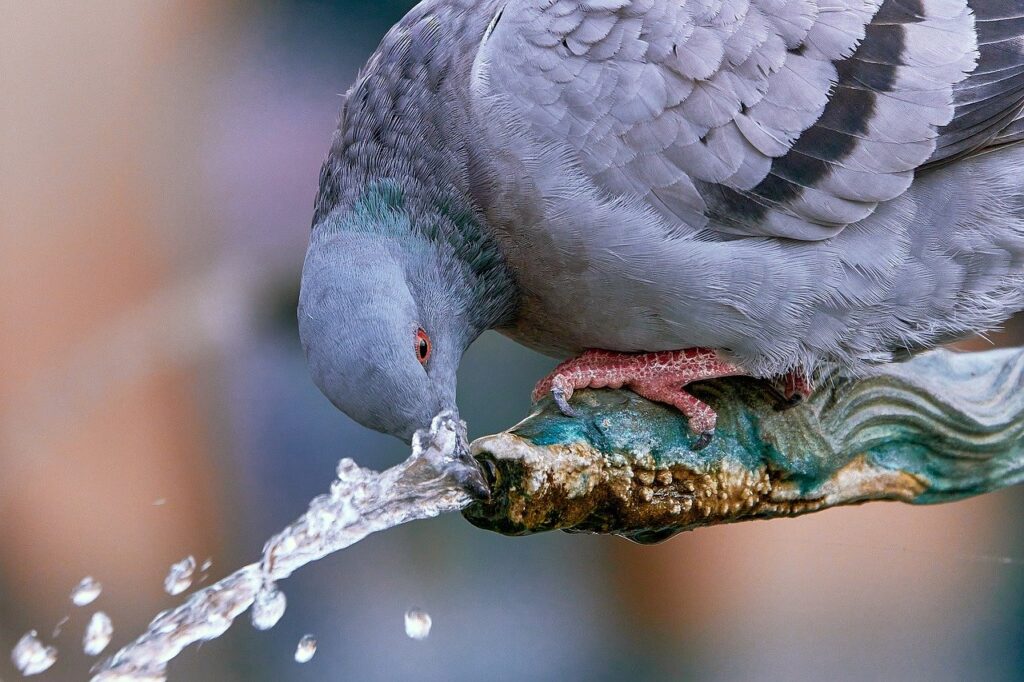Your provider will ask about your symptoms and do a physical examination. To look for broken bones or other damage, your provider may order imaging studies. These studies help your provider see clear pictures of your vertebrae, disks, muscles, ligaments and tendons. Lower back pain usually improves with rest, ice and over-the-counter painkiller. After a few days off, you can start to get back to your normal activities. Staying active increases blood flow to the location and helps you heal.
“Chronic lower pain in the back is less likely to be caused by injury to your muscles and ligaments and most likely to be as a result of issues with the lumbar disks, nerves, joints or vertebrae,” says Dr. Palmer. “There are several potential causes of chronic pain in the lower back.” Generally, osteoarthritis (the most common kind of arthritis) and degenerative disk disease (the natural deterioration of spinal disks) are the underlying source of many sorts of chronic lower neck and back pain. However, lower neck and back pain can also be caused by accident-related trauma and acute stress.
Low back pain can result from many different injuries, conditions or diseases– usually, an injury to muscles or tendons in the back. Pain can range from mild to severe. In some cases, pain can make it difficult or impossible to walk, sleep, work or do everyday activities. Usually, lower pain in the back improves with rest, painkiller and physical therapy (PT). ปวดหลังส่วนล่าง and hands-on treatments (like osteopathic or chiropractic manipulation) can relieve pain and help the healing process. Some back injuries and conditions require surgical repair service.
Lower back pain can be related to cancer. Actually, it is just one of the first symptoms of prostate cancer when it metastasizes and creates lesions. Almost any cancer can infect the back and some, like sarcoma, can originate in the back. Be cautious, especially if you are experiencing other symptoms besides lower neck and back pain. Speak to your doctor if you have additional symptoms or concerns.
A grownup’s thoracic and lumbar spine is comprised of about 17 bones (vertebrae) stacked on top of each other. Between each set of vertebrae lies a cushiony disk, which helps absorb the pressure placed on these bones. Each disk is comprised of an outer rind and an inner gel. A herniated lumbar disk occurs when the inner gel of one of the 5 disks in your lumbar spine slips or squishes beyond the outer rind, allowing this inner gel to press on surrounding nerves– causing pain. This slippage can be due to trauma or gradual, age-related wear and tear.
Symptoms of lower pain in the back can begin suddenly or appear gradually. Sometimes, pain occurs after a specific event, such as bending to pick something up. Other times, you may not know what caused the pain. Pain may be sharp or dull and achy, and it may radiate to your bottom or down the rear of your legs (sciatic nerve pain). If you strain your back during an activity, you may hear a “pop” when it happened. Pain is often worse in certain positions (like bending over) and gets better when you lie down.
Lower neck and back pain is very common. It can result from a strain (injury) to muscles or tendons in the back. Other causes include arthritis, structural problems and disk injuries. Pain often improves with rest, physical therapy and medication. Reduce your risk of low neck and back pain by keeping at a healthy weight and staying active.
